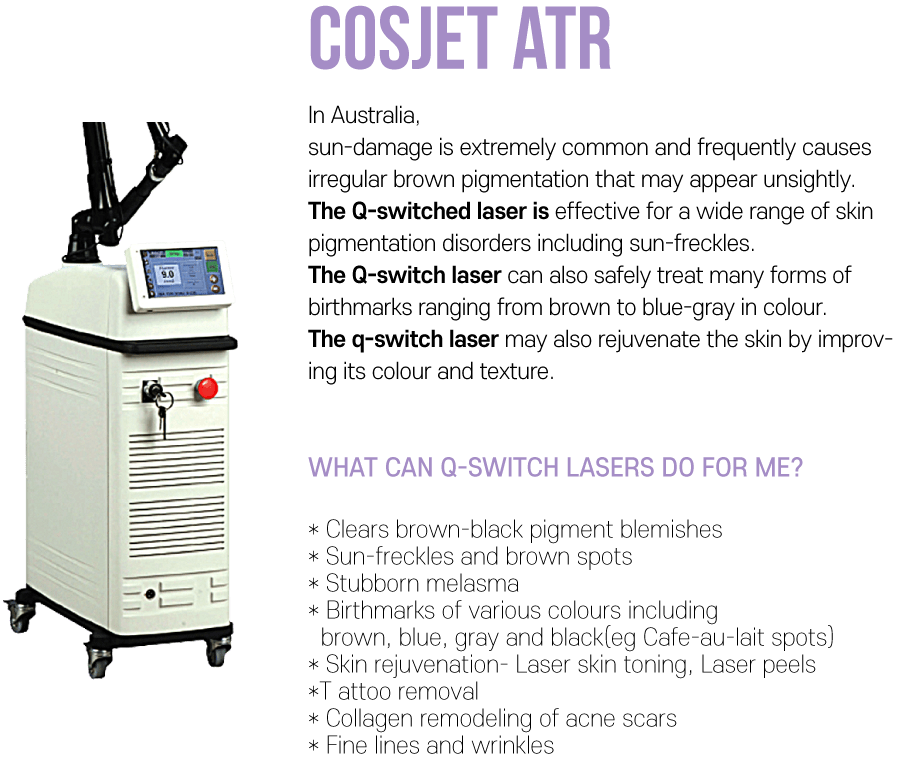 WHAT DOES THE PROCEDURE INVOLVE?
WHAT DOES THE PROCEDURE INVOLVE?
Spot-treatment of most sun-induced brown blemishes may not require any anesthetic as the procedure is often well tolerated.
When the laser fires it feels like a rubber-band snapping against the skin.
Treatment of deeper pigment found in birthmarks and tattoos may be slightly more uncomfortable and may require cream or injectable anesthetic.
If required, anesthetic cream may be applied 30 minutes before the procedure.
Protective eyewear is required and provided during the procedure to protect your eyes.
Q-SWITCH LASER TREATMENT FOR PIGMENT AND BIRTHMARKS
Sun-freckles can be cleared with 1-2 treatment sessions.
Spot-treatment can safely and effectively target individual brown marks on the face, torso and limbs.
Birthmarks can also be similarly treated, although more treatment sessions (6 or more) are required as the response to treatment is less consistent.
For birthmarks, a test treatment at the time of consultation may be carried out to assess treatment responsiveness and to select the appropriate laser dose.
Treatments may be spaced 4-6 weeks apart.
Stubborn melasma can be treated by a series of Q-SWITCH LASER TREATMENT SESSIONS.
MELASMA is a challenging condition to manage as recurrence is common and responds variably to a range of treatments such as skin bleaching, chemical peels, IPL, regular lasers and fractional resurfacing.
Stubborn end-of-the-line melasma often responds to the Q-switch laser, with up to 10 treatment sessions spaced 1-4 weeks apart may be required.
Often a combination approach gives the best results for melasma.
Q-SWITCH LASER TREATMENT FOR SKIN REJUVENTION
Skin toning and rejuvenation. The whole face is treated and 4-6 treatment sessions are required at intervals of 1-4 weeks. Compared to other forms of rejuvenation, there is minimal down-time associated with the Q-switch.
WHAT HAPPENS AFTER TREATMENT AND HOW LONG WILL IT THE RESULTS LAST?
Immediate whitening of the treated spot occurs within hours. This is followed by transient redness and mild swelling.
Make-up may be applied if desired. The treated area then darkens (like a bruise) and will gradually peel off over the next 1-2 weeks.
The “new” skin may look slightly pink but will blend with the rest of the skin in time. Mild scabbing may occur but rarely leaves scars.
The pigment may recur with skin exposure, therefore strict sun protection is recommended. Repeat treatments can be carried out if the condition recurs.
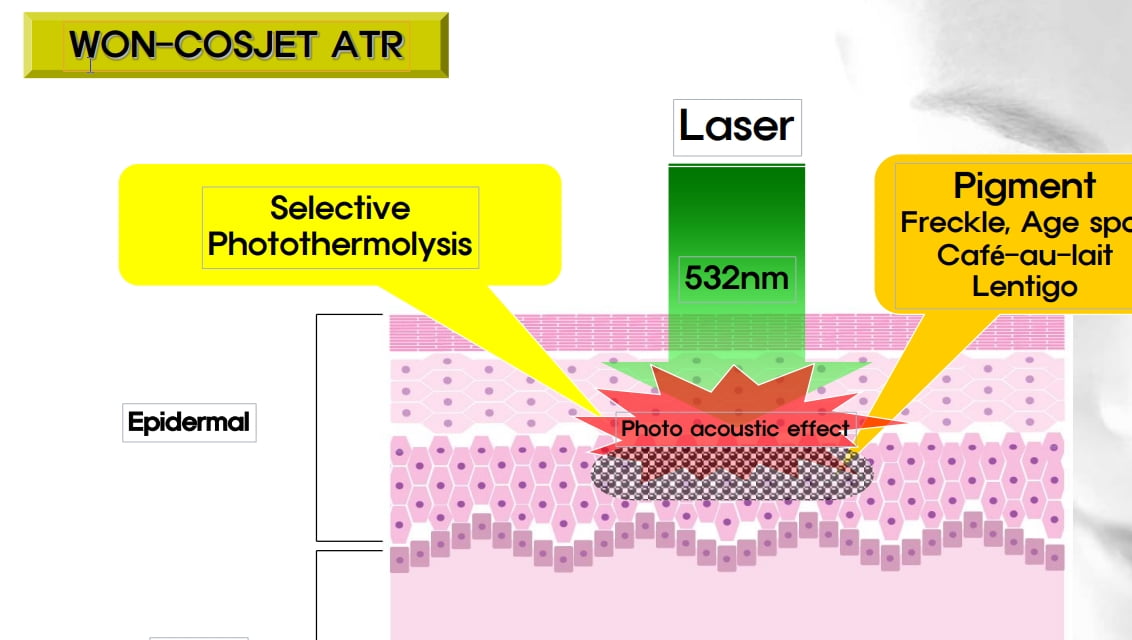
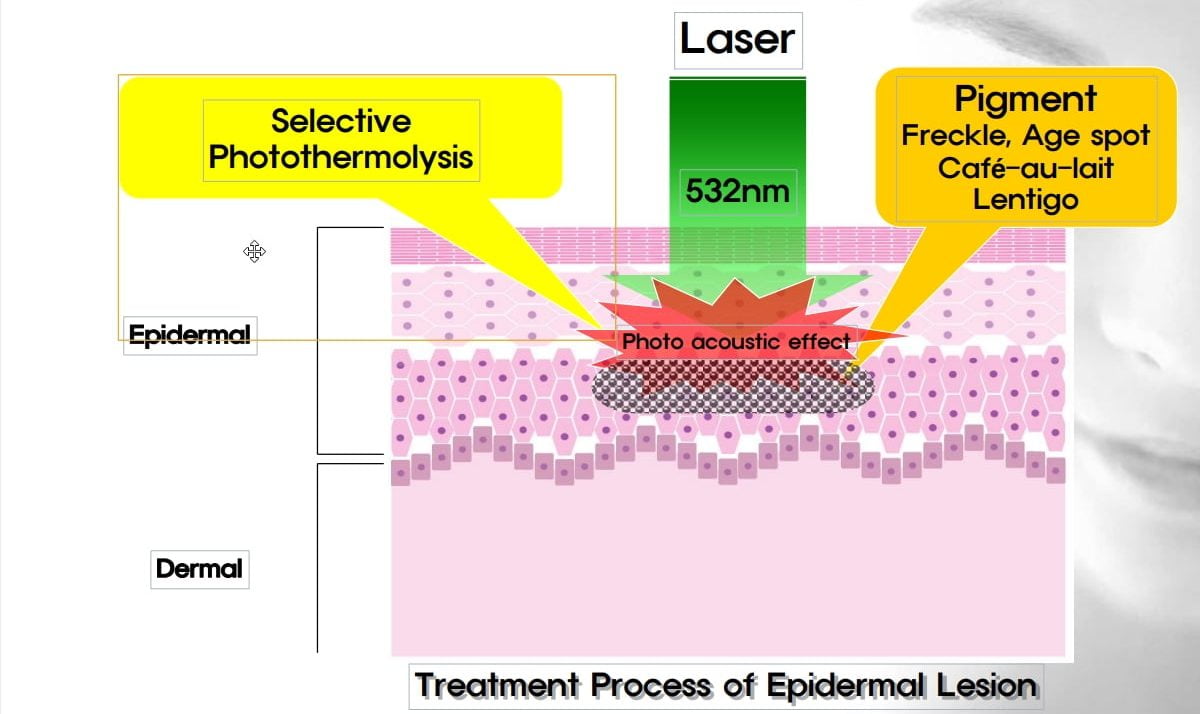
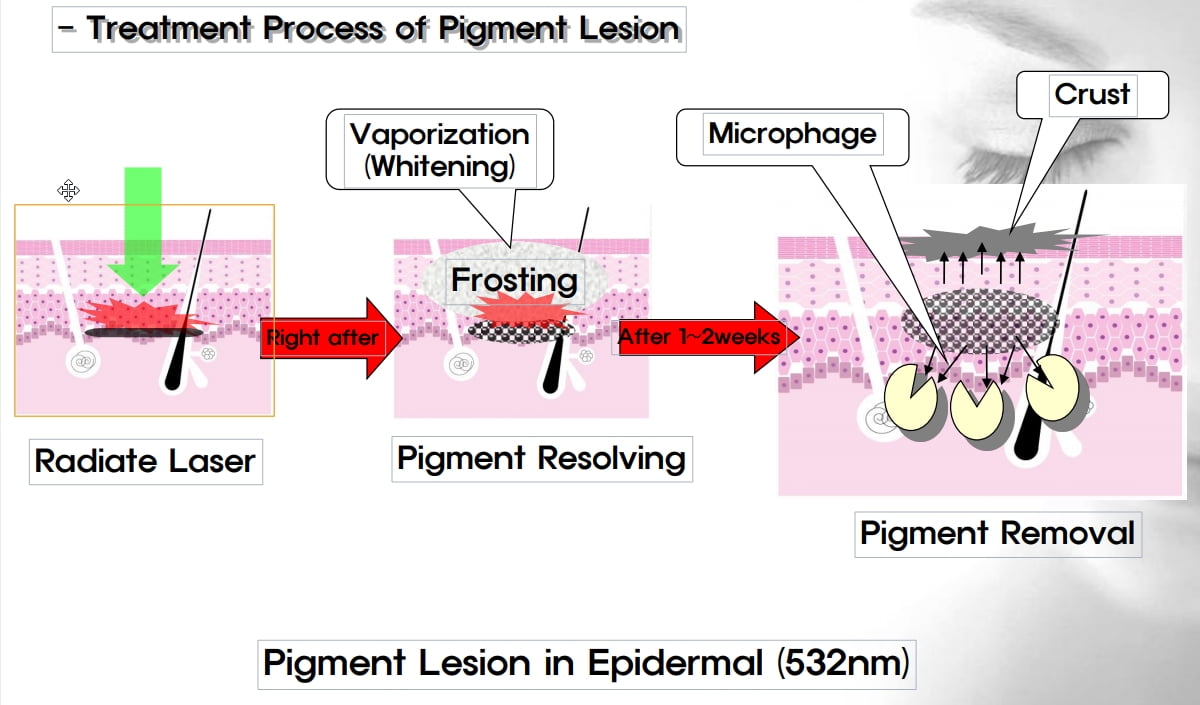
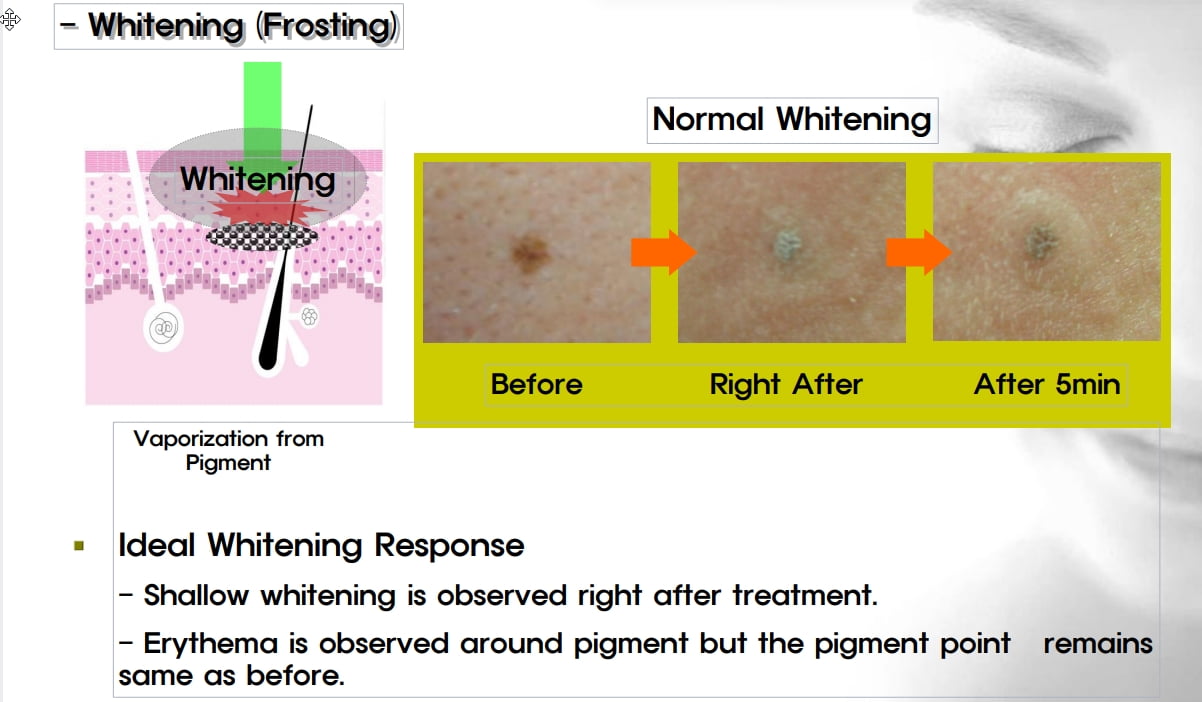
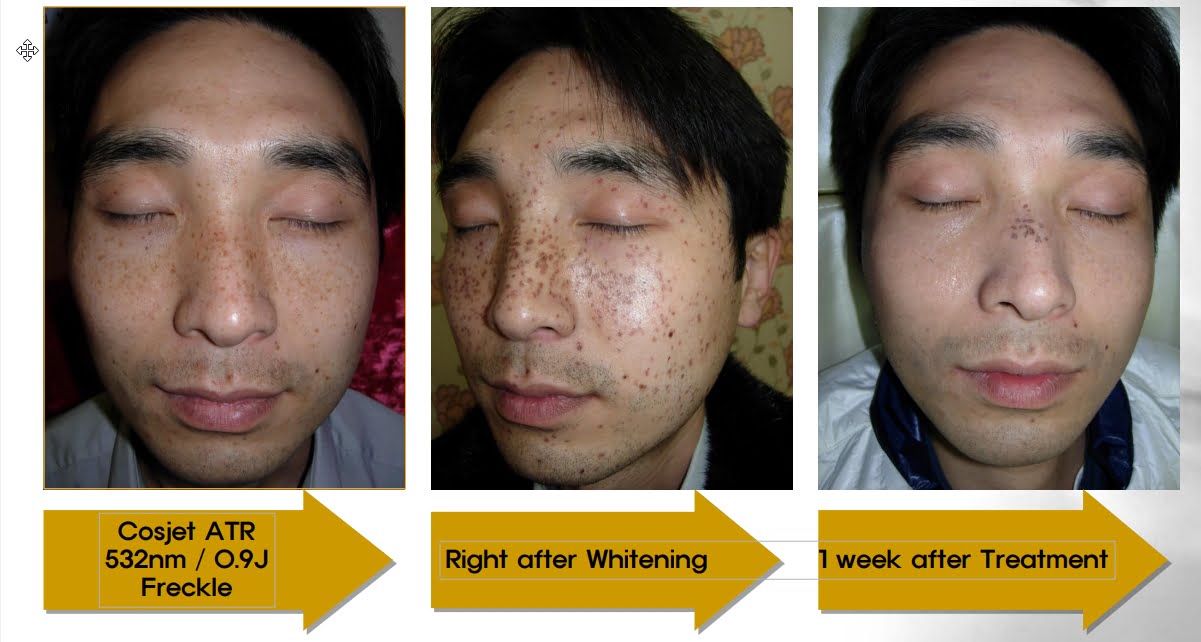
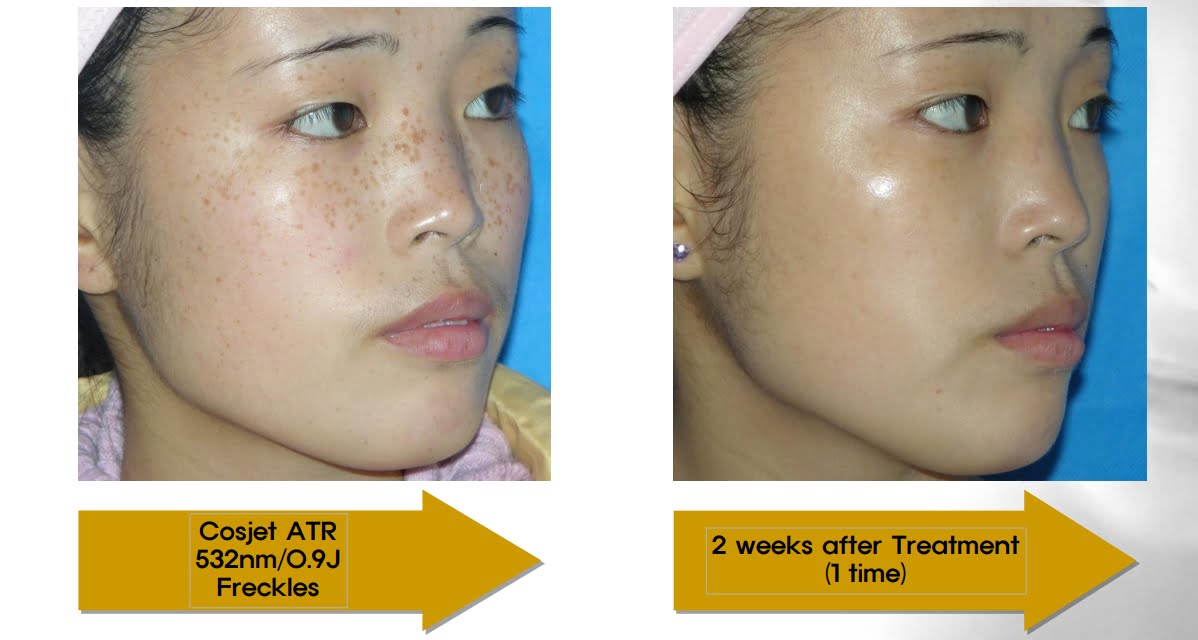
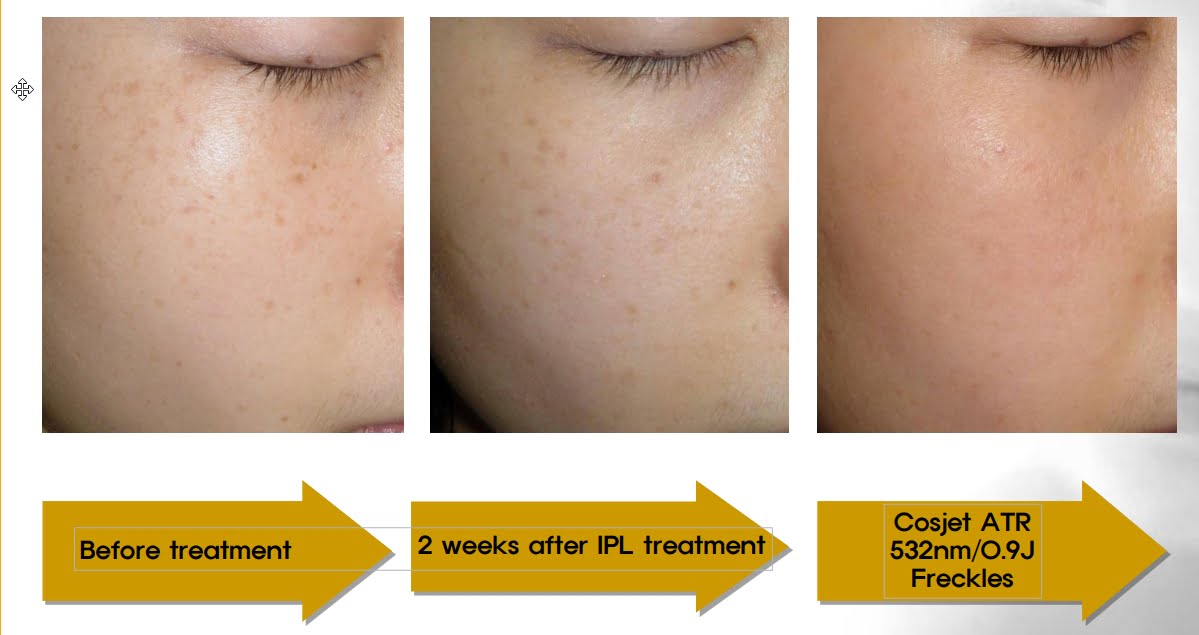
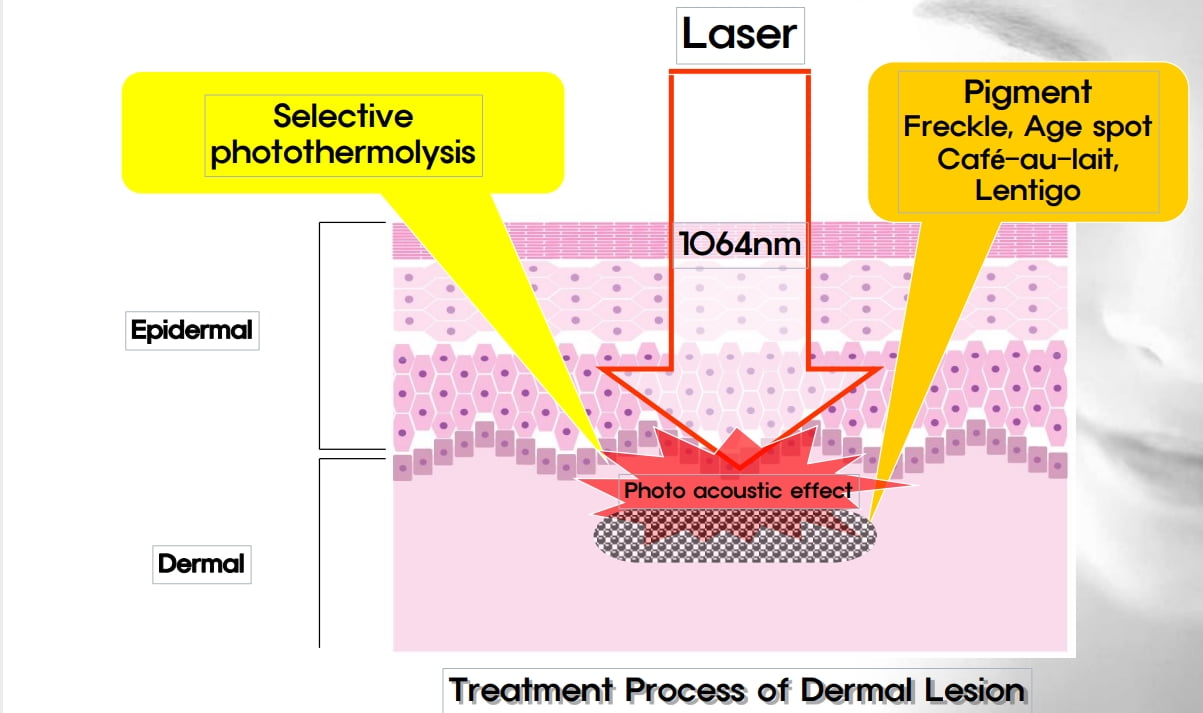
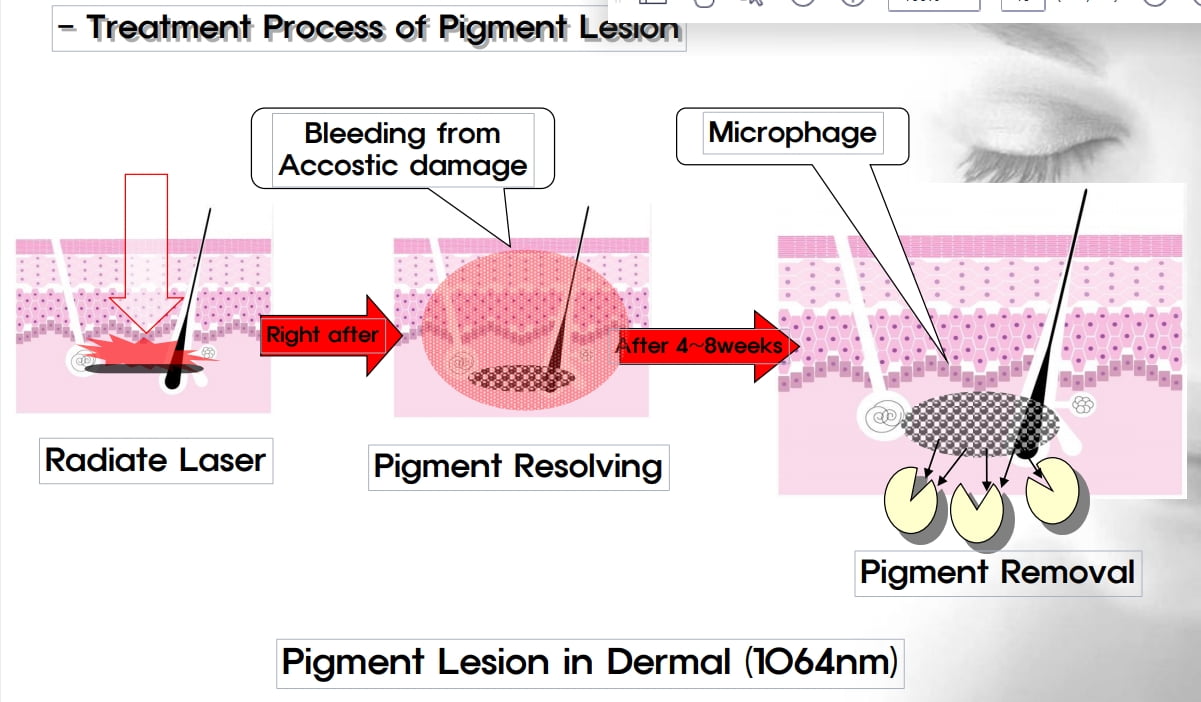
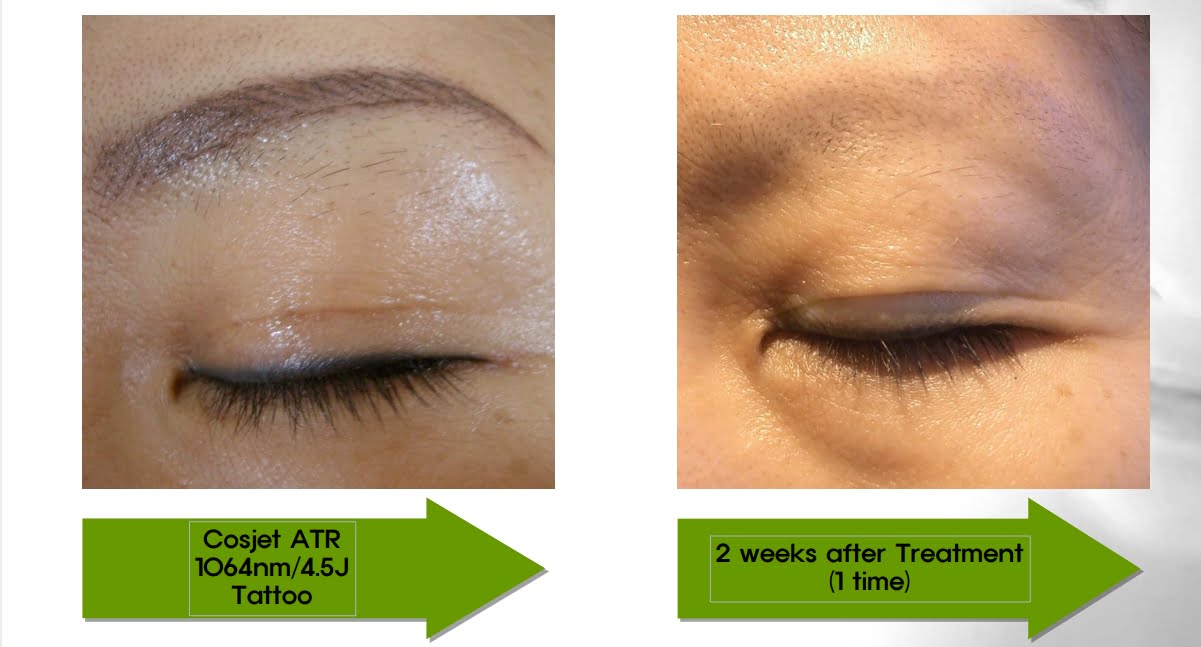
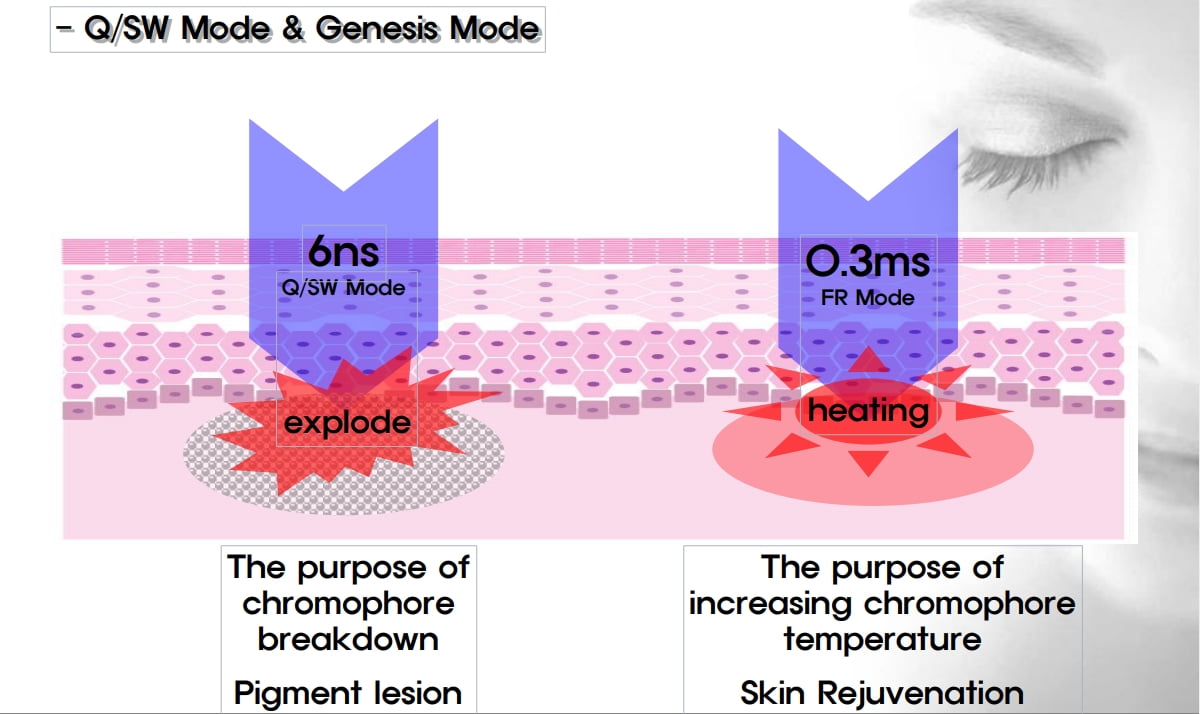
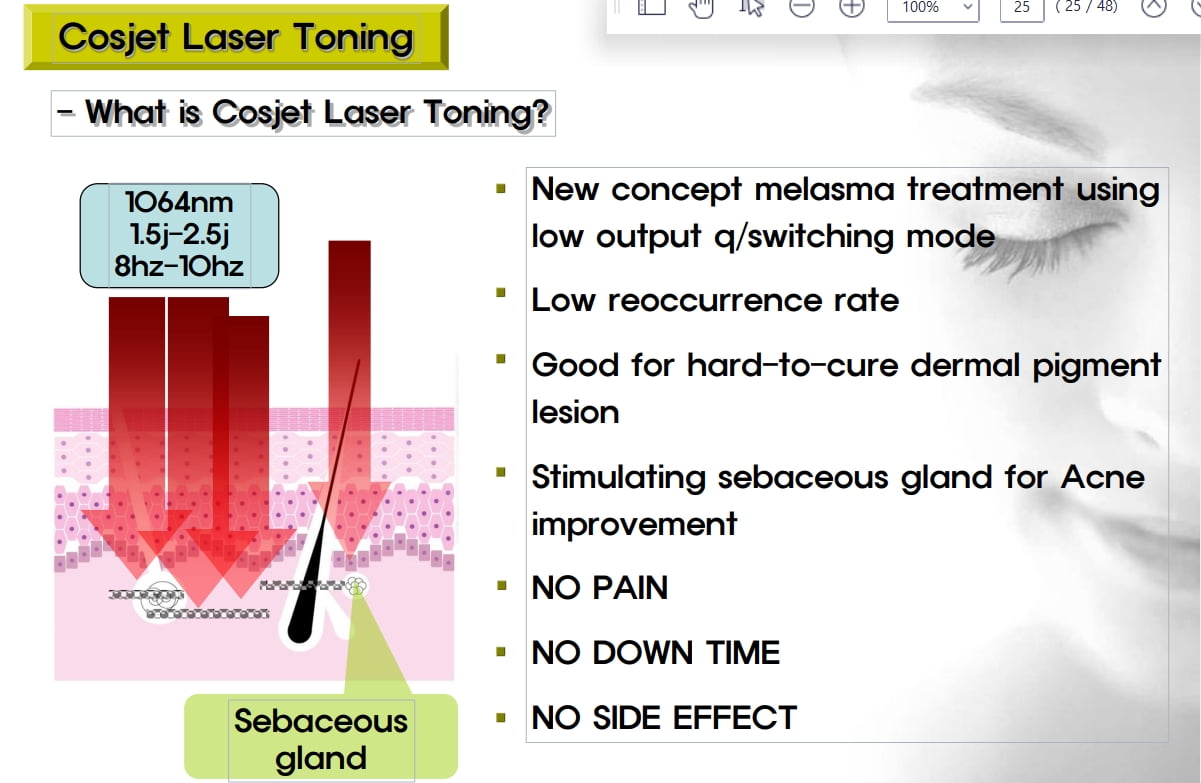
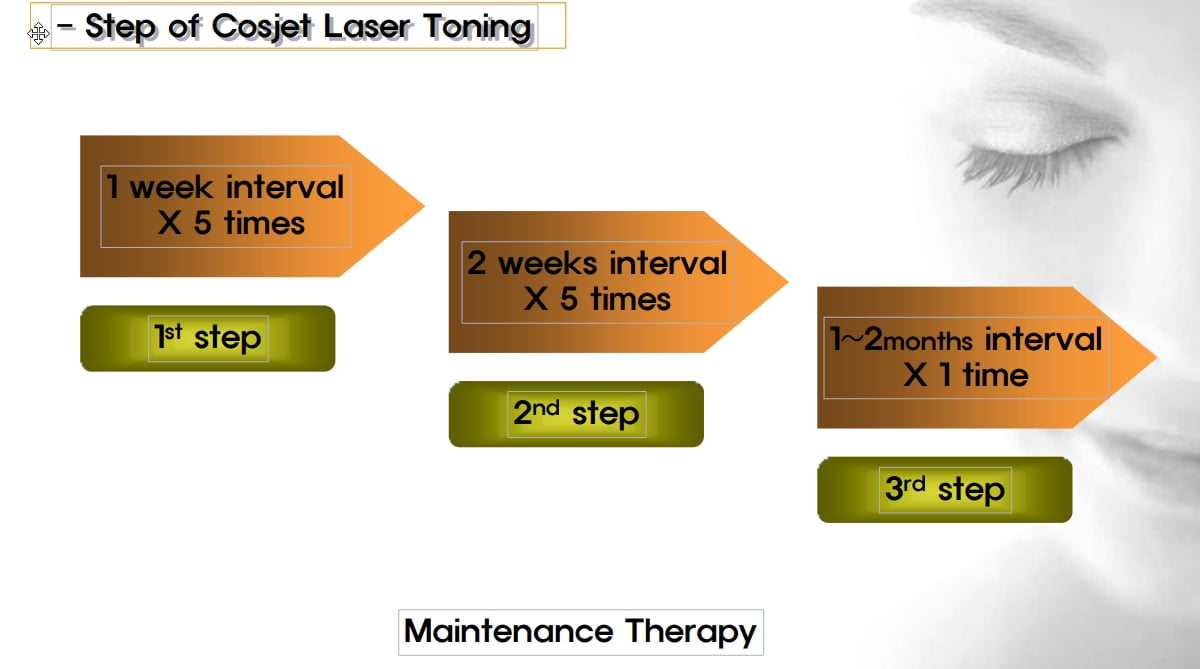
INDICATION
*Laser skin fitness (gentle)
*Laser facial (standard toning)
*Genesis (collagenesis)
*Soft peel (exfoliation)
*Flawless (active acne)
*Laser toning (scars and lines)
*Dual toning (sun damage)
*Carbon peel (open pores)
*China doll peel (anti ageing)
*Pigment resus (mixed pigment)
*Melasma
*Periorbital darkening